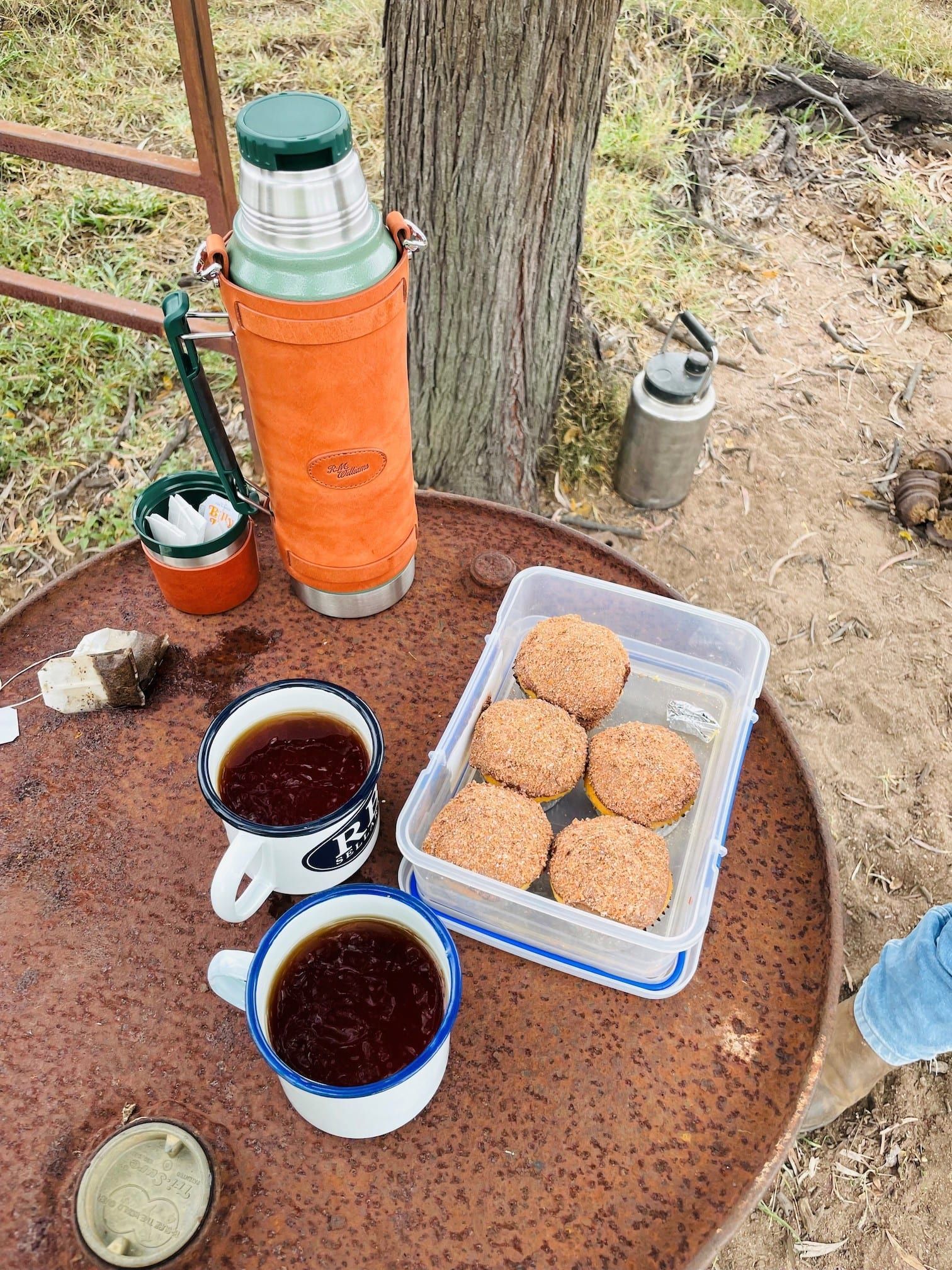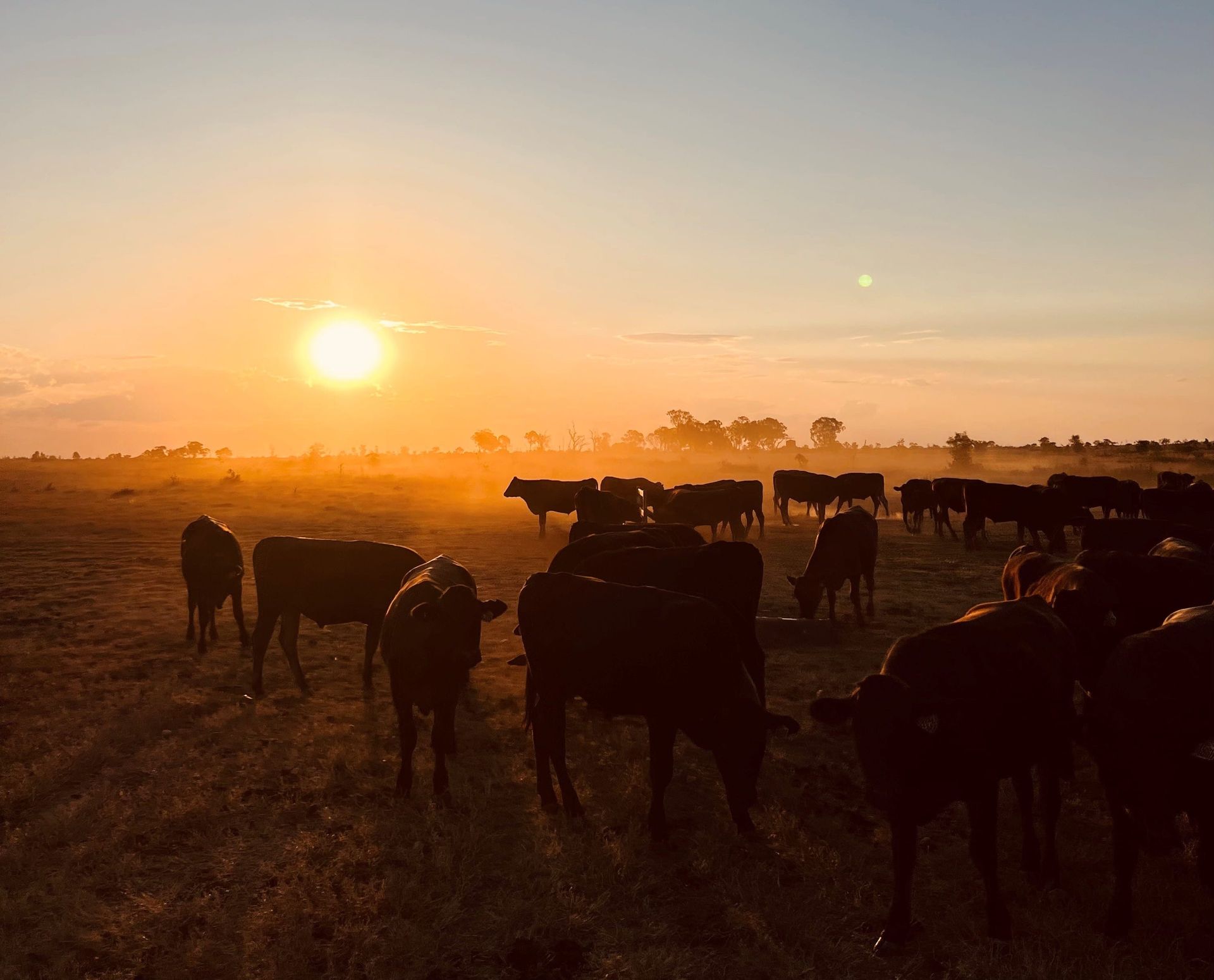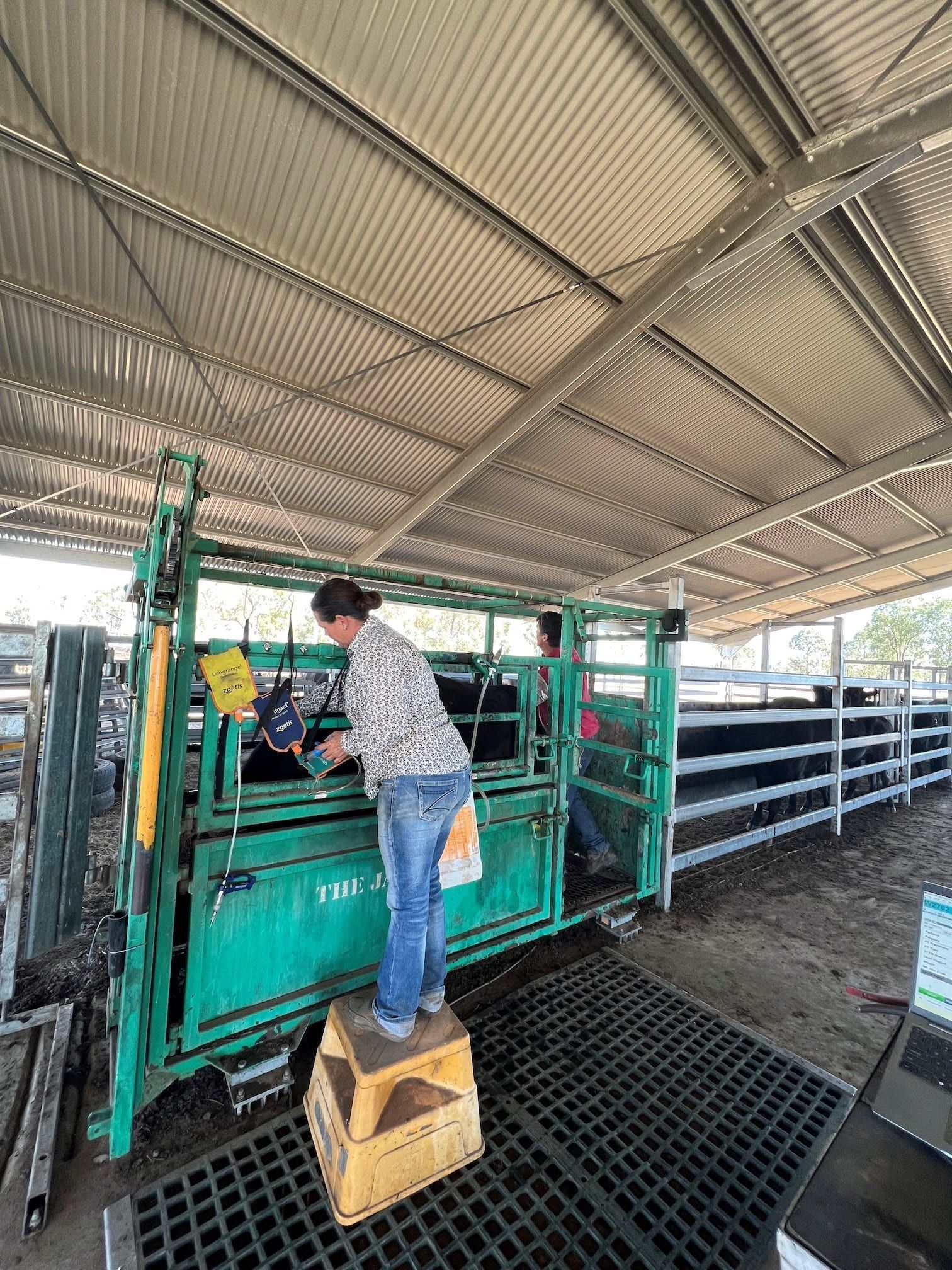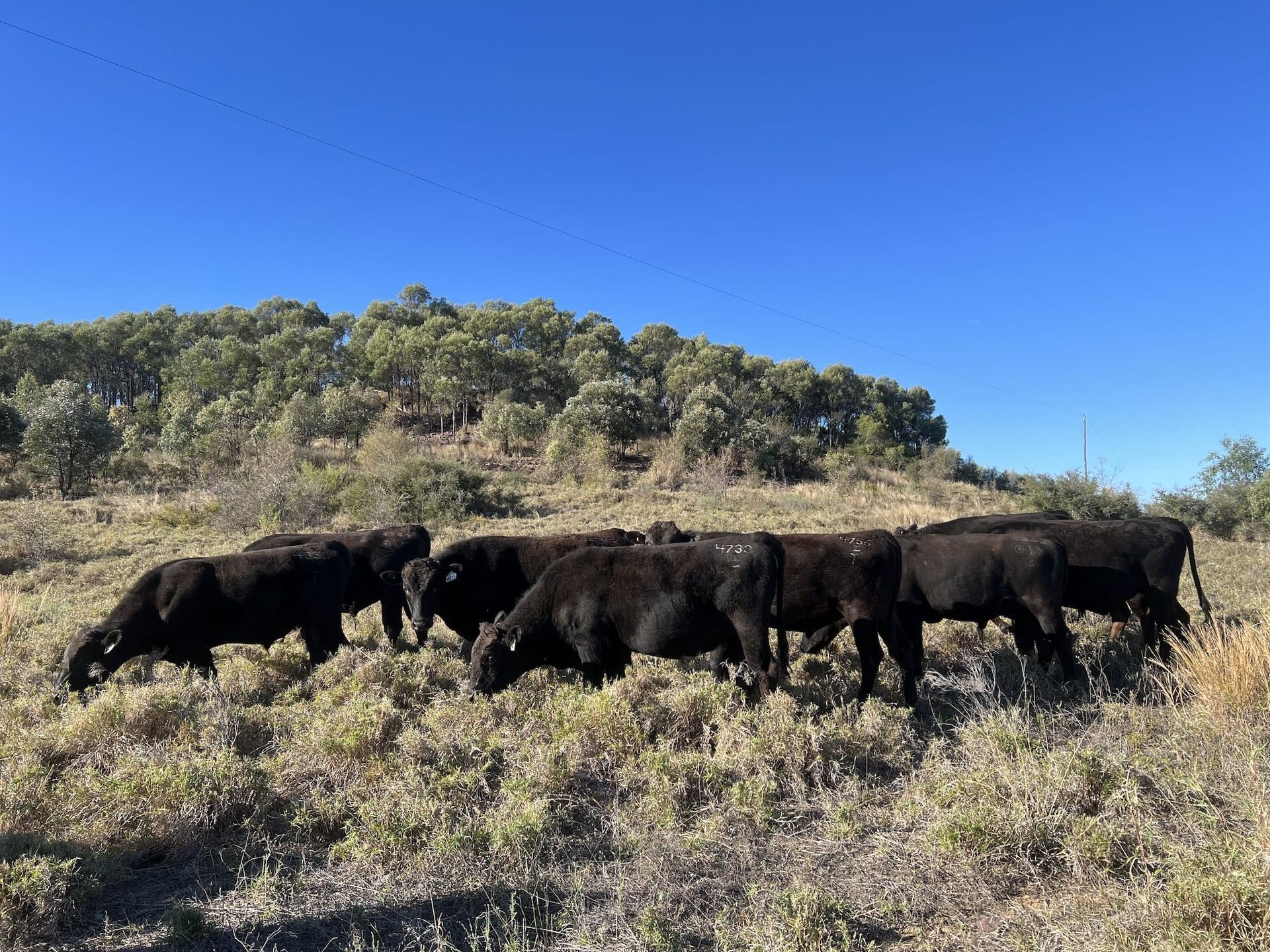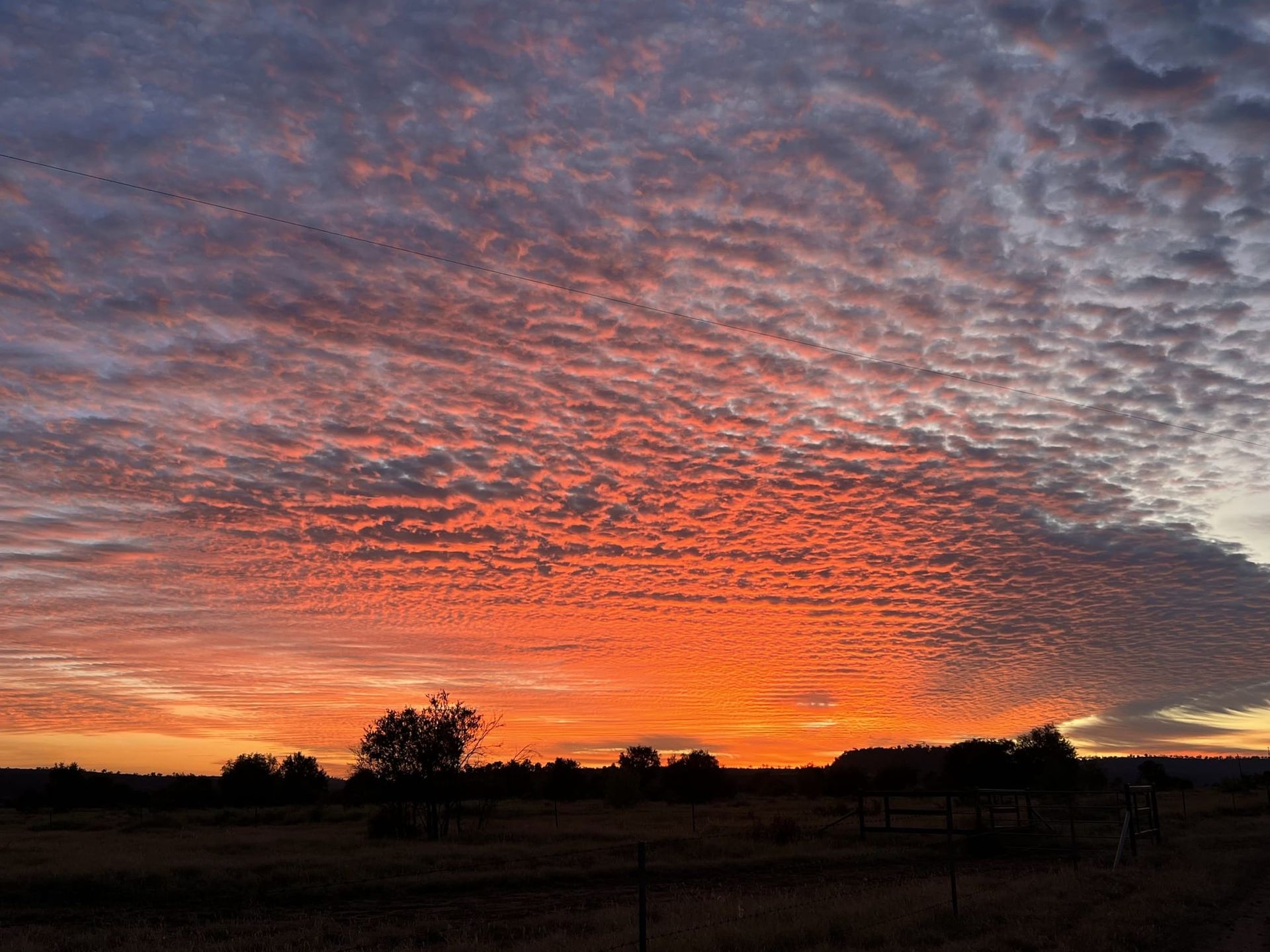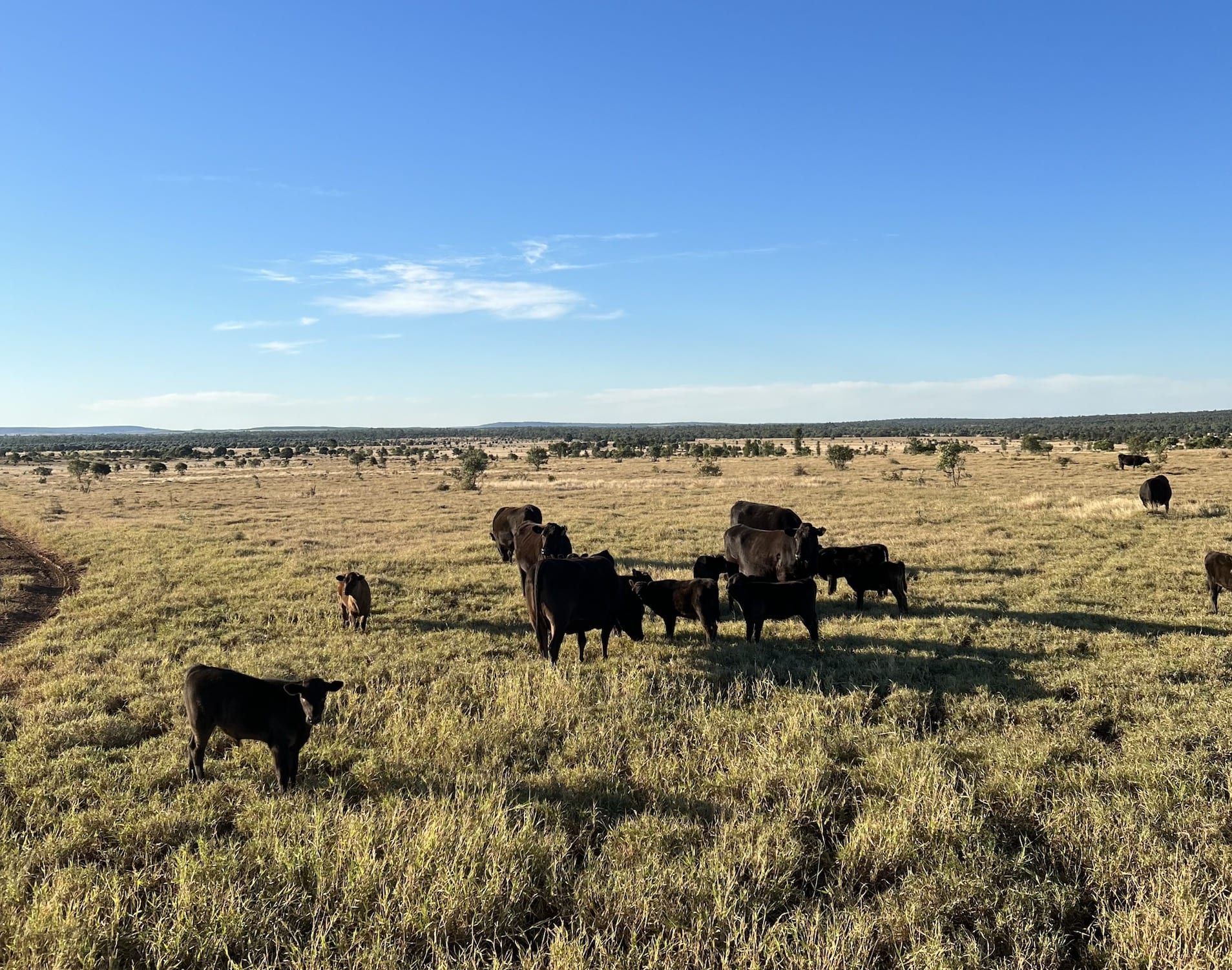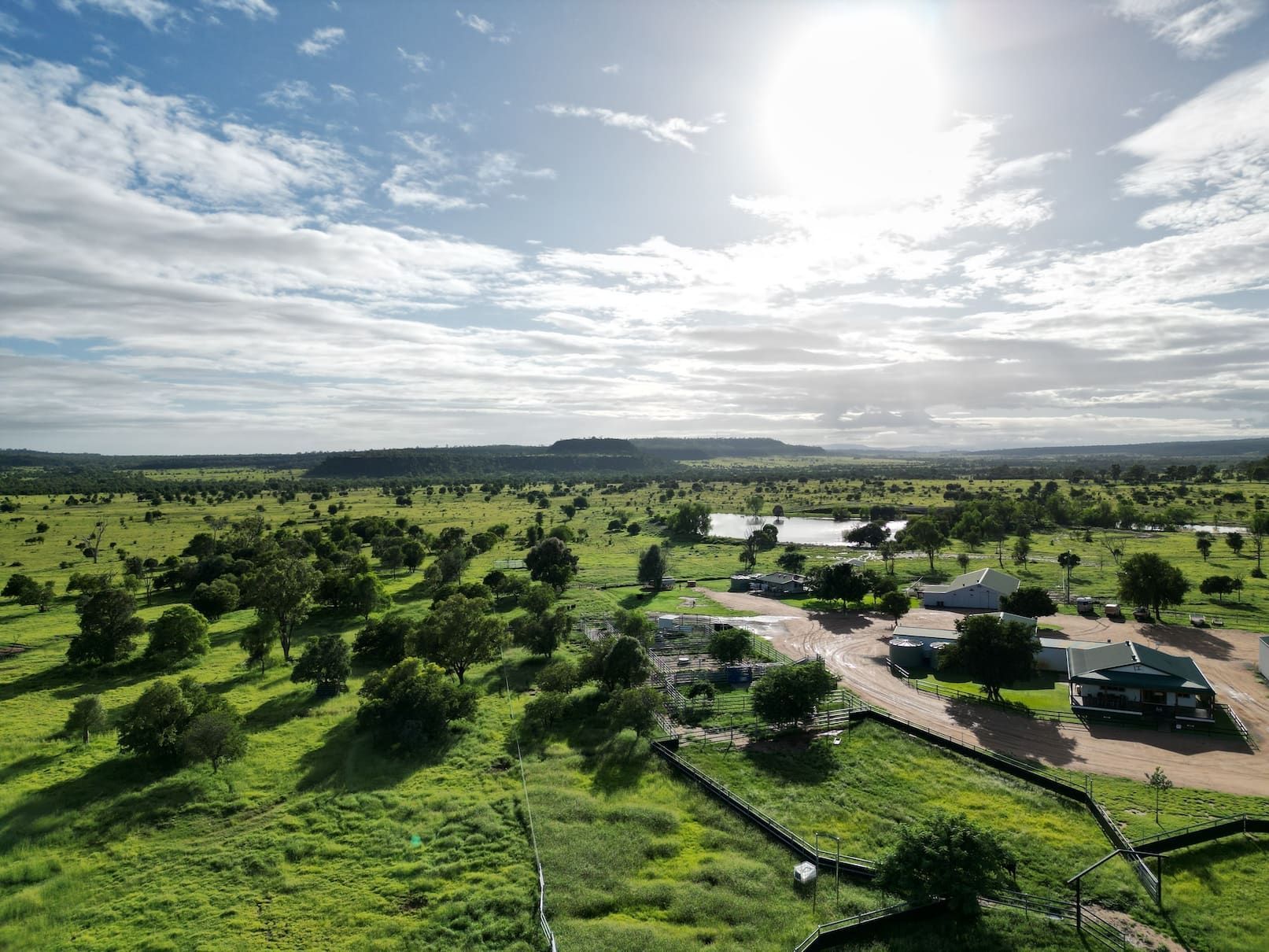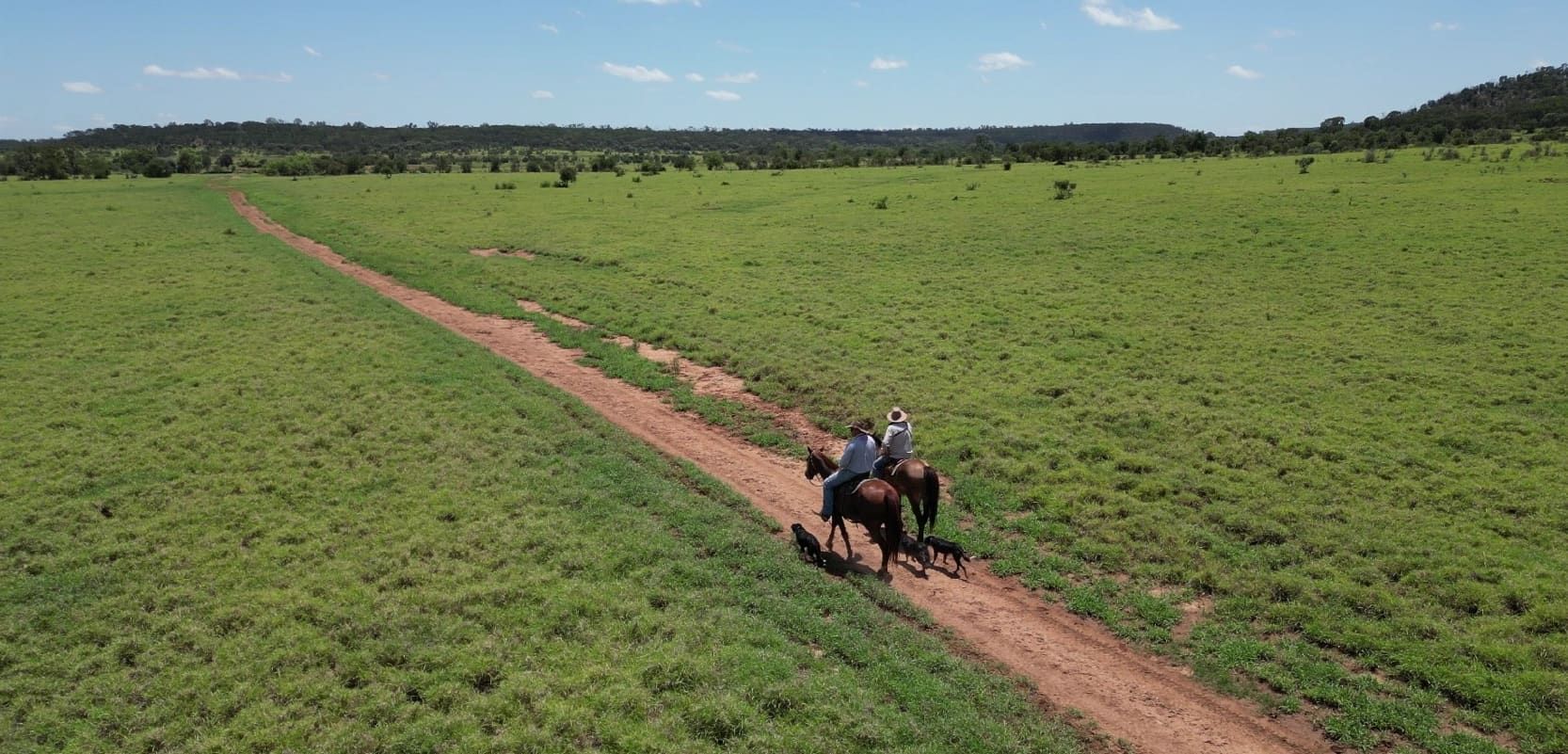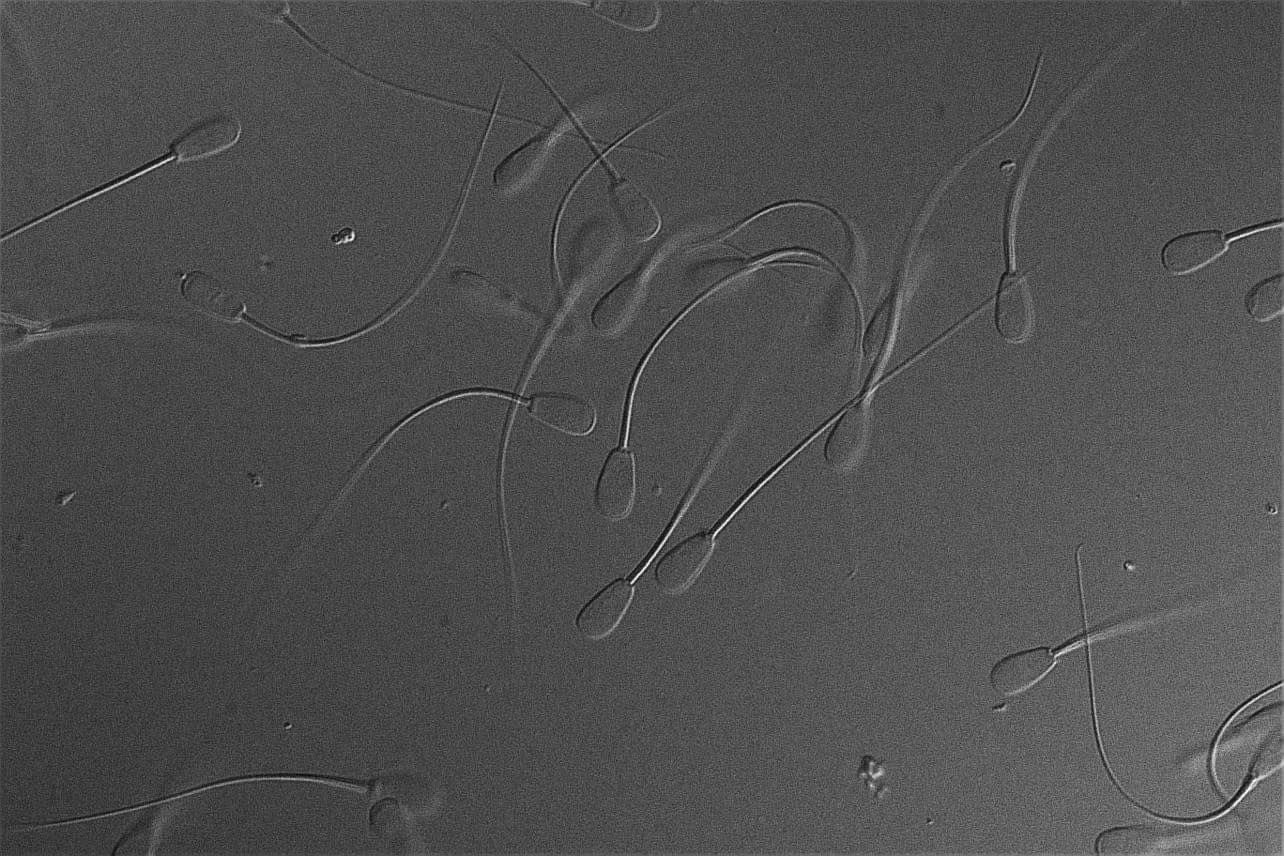What was your involvement in agriculture before breeding Wagyu?
“I was bred into agriculture; my parents had a Santa Gertrudis herd west of Charleville – when we moved to Roma we started to cross the females to Charolais sires to give them some hybrid vigour – we had an incredible result.
We then decided to go into a purebred and Full French Charolais stud. This began my passion for artificial breeding, pedigrees, stud analysis and all those sorts of things. I met Gary when I was 16 and the Chiconi’s were predominantly Angus producers. We got married and I started delving into Angus seed stock production.”
“All the breeds have got their position in the wheel – breeding for seed stock in the Charolais was interesting because it showed me that regardless of the animal you’re breeding it still has to have structural integrity. It’s a big thing to breed for type and to try and correct any structural issues in animals, you can hide a lot of issues with feed. I have been to a lot of shows where I see a fantastic sire, but you take 100kg off and you will find a flaw in that animal’s conformation very quickly. I was very lucky to be bought up in that seed stock world and to learn & understand the finer points of animal husbandry and structural correctness.”
Why did you make the move and get into Wagyu?
“It was not my decision – Noel and Jo-Anne came home from a beef week, Takeda San was speaking about Wagyu and they decided to start dabbling in F1 production – my first thought was ‘they are so ugly’, and I wasn’t an overly big advocate for it at the time as we were just starting to make big strides in the angus world.
I didn’t have much to do with the change in direction at the start. We bought our first fullblood bulls off Wally Rea in 2014 and by the time we went to the Albury Conference in 2017 I still hadn’t tasted wagyu. I distinctly remember Mayura won the beef competition that year, and when the platters came out, we ended up with the Mayura winner first up.
As I went and got my cube, thinking at the time, “meat is meat, surely it can’t be that much better…” and I remember Noel stopping me just before I ate it and said, ‘I want you to remember this moment because you are about to have a life changing experience”, and he was right, I will never forget that – as soon as I put it in my mouth, it was like a beef malteser, it just melted. It was a flavour I had never experienced before and that was a moment that completely changed my life, and it will be with me until my death bed. That is the romantic notion of what drives our love of wagyu, but I suppose the more realistic reason for getting into Wagyu was also just simple math. Noel has always said to us that “you have to do the best you can by your little piece of dirt”, and that means always keeping the blinkers off. Whatever breed you’re into, always remember to keep an open mind and if doing what is right by your piece of dirt, means change your breed, then do it.”
What has been your favourite thing about breeding Wagyu? And what keeps you going?
“Eating them mainly.
“But more to the point I live and breathe it, you give me a catalogue and I am out of action for 2 or 3 days – I don’t know how many times I have been locked out of the AWA for searching up too many animals too quickly. In the beginning, whatever video or paper I could find, I would just devour it and learn as much as I can.
We have bought Wagyu from many wonderful people over the years, and they have become my mentors. It’s been hundreds of hours on the phone, just talking constantly. I don’t want to be that annoying person all the time, but those quick questions always turn out to be about 2 hours long because I think about another 10 things to ask in that time.”
“Joining the donor cows is one of my favourite things – making some of the most expensive and important decisions gives me such a rush- and when that animal comes to fruition, it gives me a lot of satisfaction. The data we get back on them fascinates me, seeing how the phenotypes correlate to the pedigree and the carcass data, seeing whether it matches later - if it’s good, if it’s bad or indifferent, it is just such so interesting to me. I remember a story about a wagyu producer being heckled at the Ekka, teasing him about why there weren’t wagyu in the show ring, and as he gestured across the grounds, he said, ‘it’s all totally irrelevant, the beef industry is about eating it not looking at it’. And the thing about Wagyu is the data is all right there for you to make those breeding decisions.
I certainly find them very attractive animals to look at now, the phenotype of Wagyu has changed a lot in the last 5 years, and I do think people are starting to take more notice of the structural integrity of the animal. You can still always see a Tajima - they will always have a bit of a kink in the tail, but there’s nothing wrong with them because once they’ve got their shirts off, you don’t know what they looked like on the ground. I love to breed something that is next level, and that’s what Wagyu is – it’s just next level to anything else in terms of eating quality.”
What has been the most challenging part of breeding Wagyu?
“Not breeding it as such, they are very fertile animals, however we have found it rather difficult to have successful ET programs – it is the hardest part of it coming from Charolais where we would be disappointed if they didn’t flush 16-18 fertilised embryos. There are many possible reasons why Wagyu biologically don’t.
However, I think the most challenging and frustrating thing industry wise is probably the supply chain – particularly with restaurants and butcher shops using the exclusivity of the name Wagyu to sell inferior products. I have had many arguments with them, to the point I have been told by a butcher that an F1 is a FB – and this comes from an education standpoint. There needs to be a lot more education about Wagyu to consumers or retailers. If a consumer thinks they’ve had Wagyu and they say ‘it’s not all it's cracked up to be’, I say than you definitely haven’t had it, because once you have you will certainly know whether it’s Wagyu or not.
“I am a big advocate for that – it shouldn’t be paddock to plate – it should be palate to paddock. Because we don’t know what the consumer wants, do they want MS 9’s or 7’s? What is the western world chasing in their experience and eating quality. We are constantly striving for more marbling and eye muscle, but the majority of the western world is saying 9 is to rich - there is a lot of education that needs to be done there.
“That’s a big challenge in Wagyu and how it’s prepared. We also need to know and understand that as producers if we need to change our breeding program to suit the consumer, it’s going to take years to do that. Which I suppose is challenging to – because when you breed for carcasses it’s a different ball game to when you breed for phenotype and seedstock production.”
What’s some advice you would give to your 10-year ago self?
“Get into Wagyu sooner”.
“We all second guess ourselves, that is one of my worst traits. But if I were to talk to my 24-year-old self, I would say back yourself, trust the process, and it is all going to work out if you have confidence and find the right people.
“Always trust your gut because your head and your heart can tell you funny things, but your gut is always telling you the truth. All my mentors give me different advice, but at the end of the day it all comes back to being able to trust yourself.”
